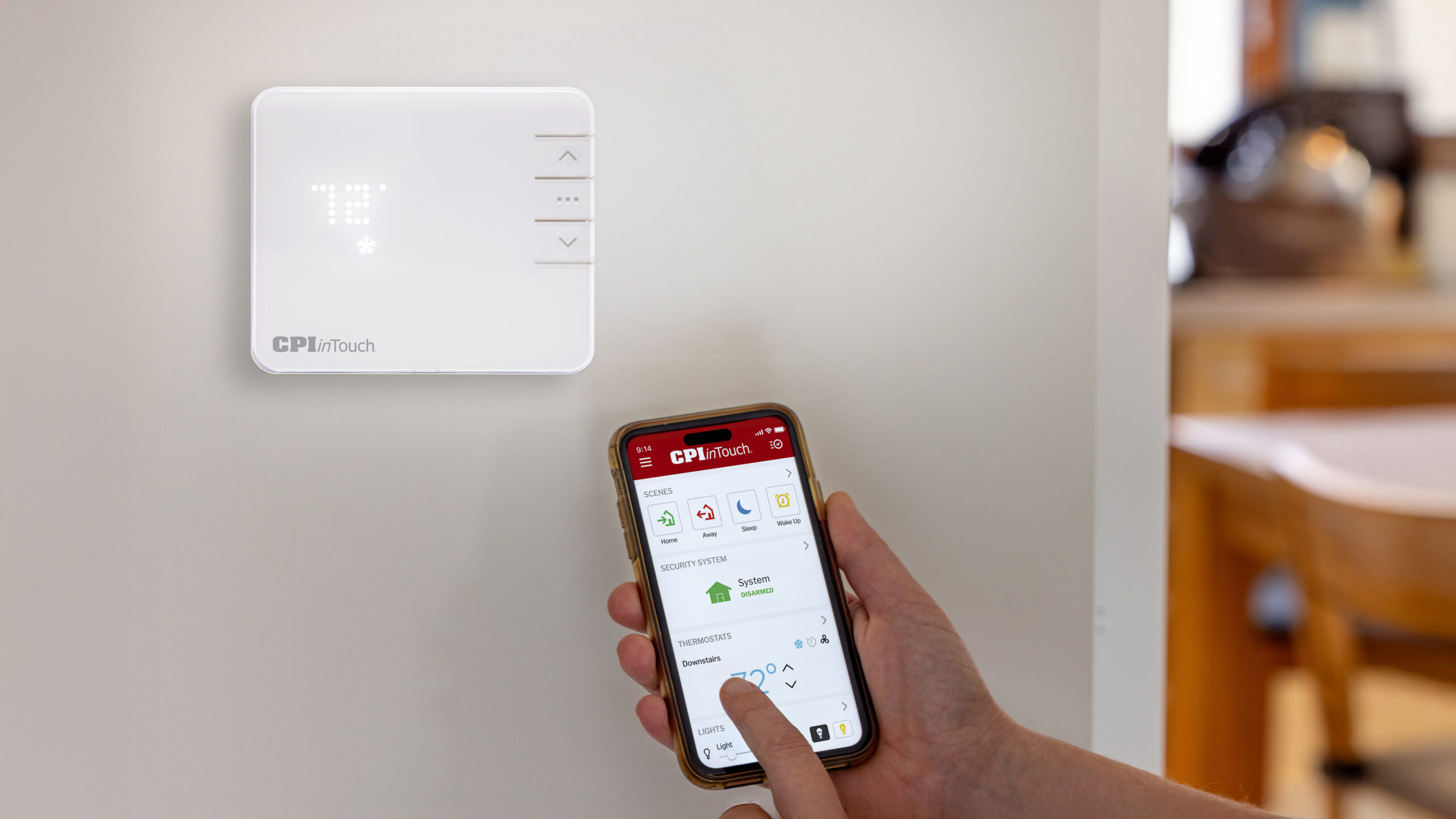Ensuring the safety of one’s neighborhood is not just a matter of personal concern. The security of our surroundings deeply influences our daily lives, impacting everything from our sense of comfort to the value of our properties. In this comprehensive guide, we will explore various methods to assess whether an area is a safe neighborhood, and to enhance neighborhood safety for the betterment of all residents.
Understanding Neighborhood Safety Factors
A safe neighborhood not only provides peace of mind for residents, but also significantly elevates property values and enhances the quality of life for its inhabitants. Neighborhood safety involves a complex analysis of several factors, each contributing to the overall security of the community. Some of the primary factors contributing to a neighborhood’s overall safety are crime rates, the accessibility of emergency services, the presence of adequate lighting, and the degree of community involvement.
Crime rates are an important metric in evaluating the safety of a neighborhood. Understanding the prevalence and nature of criminal activities within an area provides insights into how safe it is. Areas with lower crime rates typically enjoy a higher level of safety, attracting residents and real estate investors alike.
Accessibility to emergency services is another critical aspect of neighborhood safety. Prompt responses to emergencies, such as medical incidents or fires, can mean the difference between life and death. The proximity of hospitals, fire stations, and police precincts greatly influences the community’s ability to address unforeseen crises effectively.
Furthermore, the presence of adequate lighting plays an important role in deterring criminal activities and promoting a sense of security among residents. Well-lit streets and public spaces are less conducive to illicit behavior, as they offer fewer opportunities for individuals to conceal their actions.
Lastly, community involvement serves as the backbone of any good neighborhood safety initiative. Engaged residents who actively participate in neighborhood watch programs, community clean-up events, and other local activities play a pivotal role in deterring crime and creating a cohesive community environment. A strong sense of community not only strengthens social bonds but also acts as a crime deterrent.
Assessing Your Neighborhood’s Safety
To effectively answer the question of “is my neighborhood safe?” you can begin by accessing relevant crime and safety data using online platforms and tools. Visit our blog to learn more.
In addition to online resources, communicating directly with neighbors and collaborating with local authorities can provide more information about neighborhood safety issues. Community meetings, neighborhood watch groups, and similar outreach programs facilitate open dialogue among neighbors and provide an outlet for residents to voice their concerns. Using the collective wisdom and experiences of the community, residents can collaborate to develop informed strategies that address shared safety concerns.
Identifying Safety Improvement Opportunities
Identifying opportunities for safety improvement involves conducting comprehensive assessments of the neighborhood’s physical infrastructure and social dynamics. Common safety issues, such as inadequate street lighting, overgrown foliage, and poorly maintained public spaces, can compromise the overall security of a neighborhood. Conducting periodic safety audits as a community enables residents to identify areas requiring attention and effectively prioritize improvement efforts.
In addition to physical infrastructure, community engagement is an essential part of a safe neighborhood. Strengthening social ties, building trust among residents, and promoting active participation in community activities all help build a strong foundation for neighborhood safety initiatives. Collaborative efforts with neighbors and community organizations can yield innovative solutions to address safety concerns and enhance the overall well-being of the community.
Implementing Safety Enhancements
Taking proactive steps to enhance overall safety and security is an important part of creating a secure and resilient neighborhood. Establishing neighborhood watch programs, organizing community clean-up events, and organizing community activities are all effective strategies for enhancing safety and fostering a sense of community among residents. By mobilizing collective resources and prioritizing community involvement, residents can make tangible improvements that contribute to the long-term safety of the neighborhood.
Furthermore, encouraging open communication and collaboration among residents, local authorities, and other neighborhood stakeholders is essential for the success of any safety initiatives. Regular community meetings, public forums, and collaborative workshops provide platforms for sharing ideas, addressing concerns, and developing community-driven solutions.
Leveraging Technology for Neighborhood Safety
On a more personal level, installing indoor and outdoor security cameras and smart security systems with motion detection and advanced video analytics provides an additional layer of protection for your home, deterring criminal activity and providing real-time alerts in the event of an attempted break-in.
In addition to these property-specific safety measures, technology can also provide opportunities to address safety concerns at the community level. Digital resources such as local police department apps enable residents to report incidents, receive real-time alerts, and access relevant safety information conveniently. Similarly, online platforms and social media networks help residents communicate, organize, and coordinate neighborhood safety initiatives effectively. By leveraging technology as a tool for community empowerment and collaboration, residents can create safer and more resilient neighborhoods.
Engaging with Local Authorities and Services
Collaborating with law enforcement agencies, local government authorities, and other service providers is essential for addressing neighborhood safety concerns effectively. Building strong partnerships with local authorities fosters trust, facilitates information sharing, and promotes collaborative problem-solving. Additionally, community-based organizations, non-profit agencies, and social service providers offer a range of programs and services aimed at addressing issues that can contribute to safety concerns such as substance abuse, mental health struggles, homelessness, and poverty. By actively engaging with law enforcement agencies, participating in community policing initiatives, and partnering with community resources, residents can play an active role in promoting safety and security within their neighborhoods.
Conclusion
Ensuring the safety and security of our neighborhoods is a shared responsibility that requires collective action and collaboration. By understanding the key factors that contribute to neighborhood safety, assessing local safety concerns, identifying opportunities for improvement, and implementing strategic enhancements, residents can create safer, more resilient communities. Get in touch with CPI Security to learn more about how you can improve your home’s safety today.




